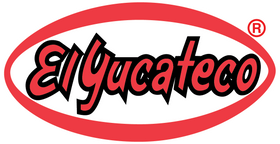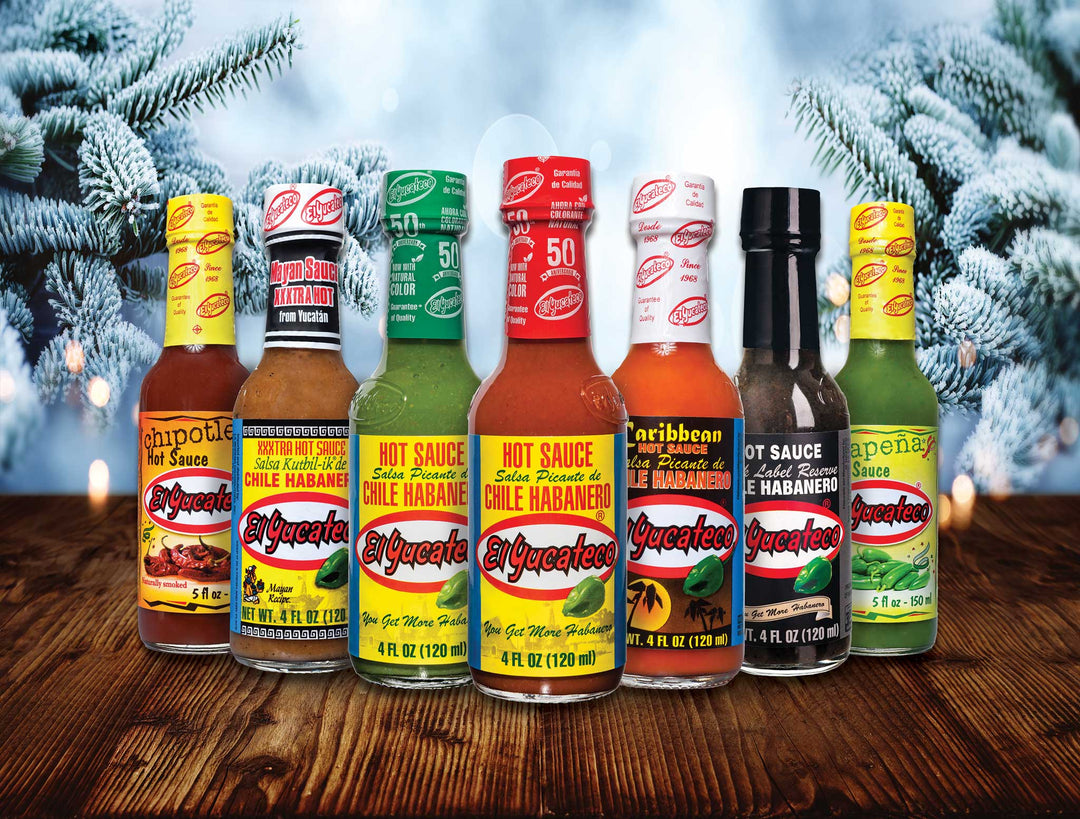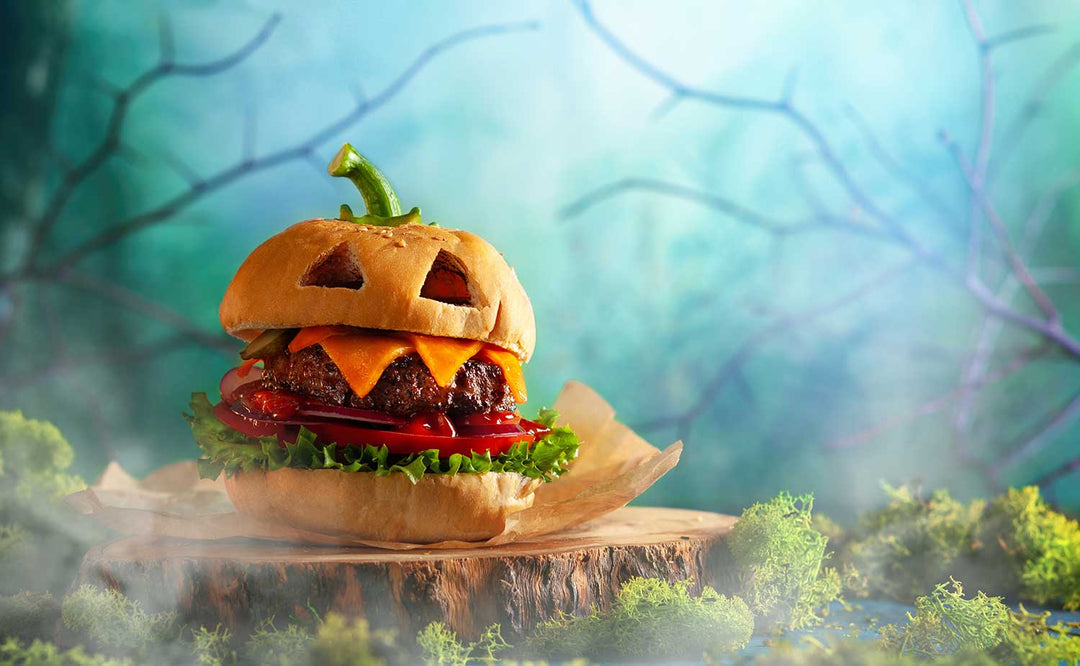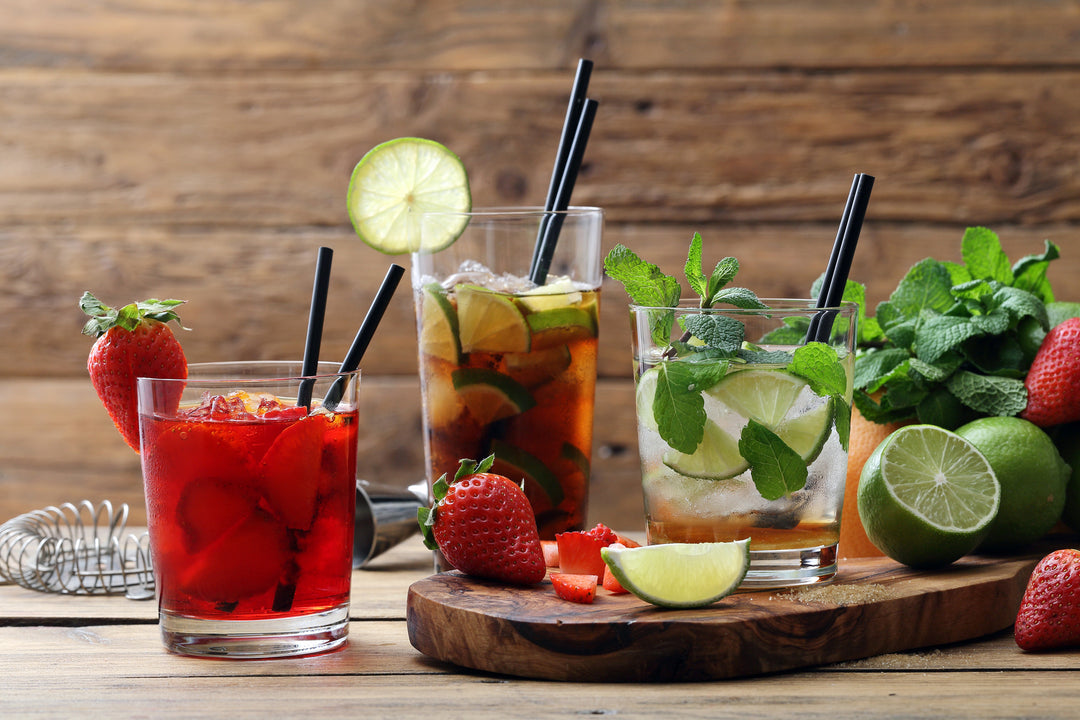The History of Grilling
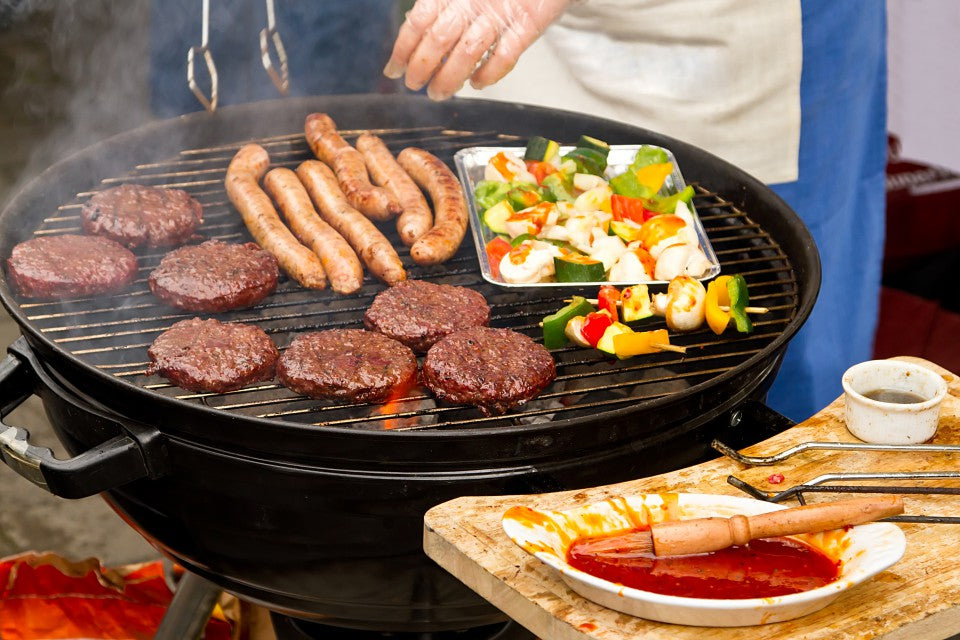
Before the colonies were created, people were grilling. Using a wooden structure, the Arawak people roasted meat. The Spanish called this mechanism a barbacoa which eventually came to refer to spit style for pork. As the practice spread from region to region, competition began to see who had the best.
Kingsford
Henry Ford who gave us the Model T car had a cousin named E.G. Kingsford. When Mr. Kingsford noticed that manufacturing of the Model T produced a large amount of wood scraps, he came up with the idea of using them to make charcoal. This charcoal was sold under the Ford name in Ford dealerships. It wasn’t until Mr. Kingsford’s death that the company was renamed in his honor. Today, Kingsford’s charcoal is a staple of those who barbeque.
Weber
A welder named George Stephen is credited with inventing the grill while working for Weber Brothers Metal Works. Because he was tired of ashes being blown into his food, he cut a buoy in half, welded three legs onto it, fabricated a lid and voila! The beginning of today’s Weber grill!
Wepfer
In 1960’s Little Rock, Arkansas, William G. Wepfer and Melton Lancaster worked for the Arkansas Louisiana Gas Company. Mr. Wepfer, as marketing director, was given the task of finding new ways to sell natural gas. He and Mr. Lancaster purchased a basic charcoal grill and modified it in Mr. Wepfer’s garage to burn natural gas. Thousands of people preferred it’s clean, and easy method of cooking as opposed to charcoal. Today the Wepfer gas grill is a household name.
Charcoal or Gas?
So the next logical question is which type of grill is best? The answer is that it’s a matter of personal choice. Both charcoal and gas grills have advantages and disadvantages and before purchasing, a buyer should decide how the grill will be used and what flavor is expected.
Charcoal Grills
A charcoal grill can produce heat up to 500 degrees and higher if the coal bed can be raised. This high heat is what’s needed if the grill is used primarily for foods that require direct heat. Hamburgers, hot dogs, chops, and crisp steaks with a rare middle for example, are best cooked by this method.
Charcoal delivers a flavor that can’t be reproduced. On the other hand, it takes a lot of practice to cook well on charcoal. It’s messy and hard to light. It takes time to heat up and the exact temperature it reaches is not known. There is no possibility for a quick adjustment and ashes make for a messy cleanup..
Gas Grills
Gas grills offer convenience and control. They generally reach between 100 and 450 degrees although the more expensive models can achieve 700 degrees. They are easy to start and reach the set temperature quickly. Temperature levels are easily adjusted.
They offer indirect heating and are good for slow cooking meats like ribs, roasts, and whole chickens. While there are no flare ups to burn the food, the flavor will be whatever seasonings are chosen.
Gas grills can use accessories like a rotisserie and a side burner and cleanup is easy. However, gas grills have parts like the jets that can clog and will require maintenance. They will need serious scrapping or pressure washing once in a while to remove built up carbon and grease and may need replacements parts. Unless you can afford a high end model, most of the foods cooked will tend to be well done. Gas grills are usually more expensive than charcoal because of the convenience and accessories.
Whichever is chosen, keep a good set of tongs nearby for cooking and a good grill brush for cleaning.

